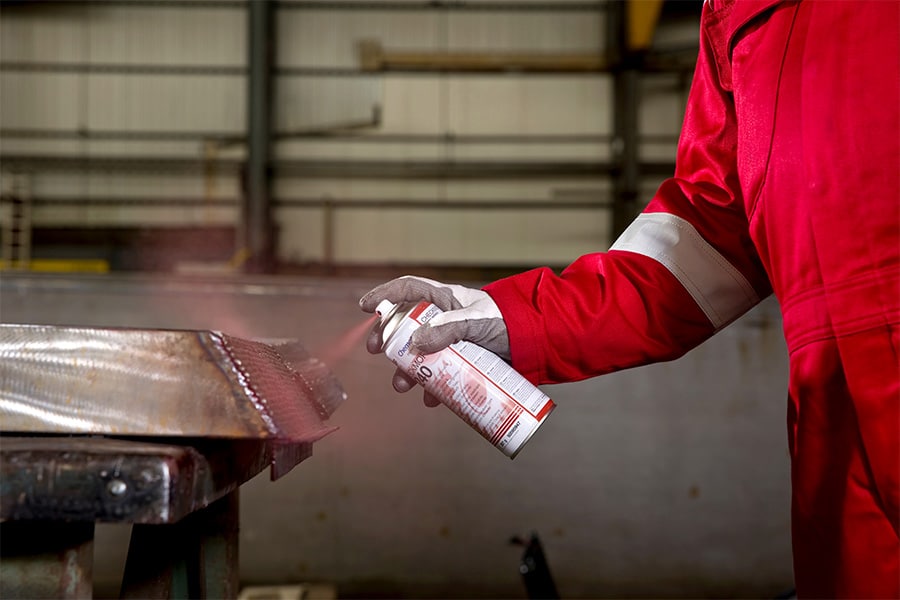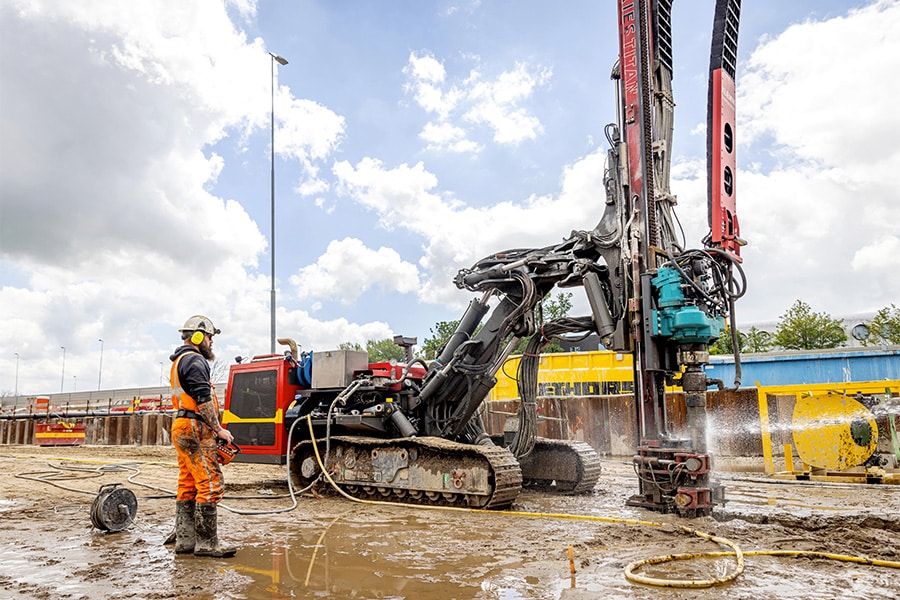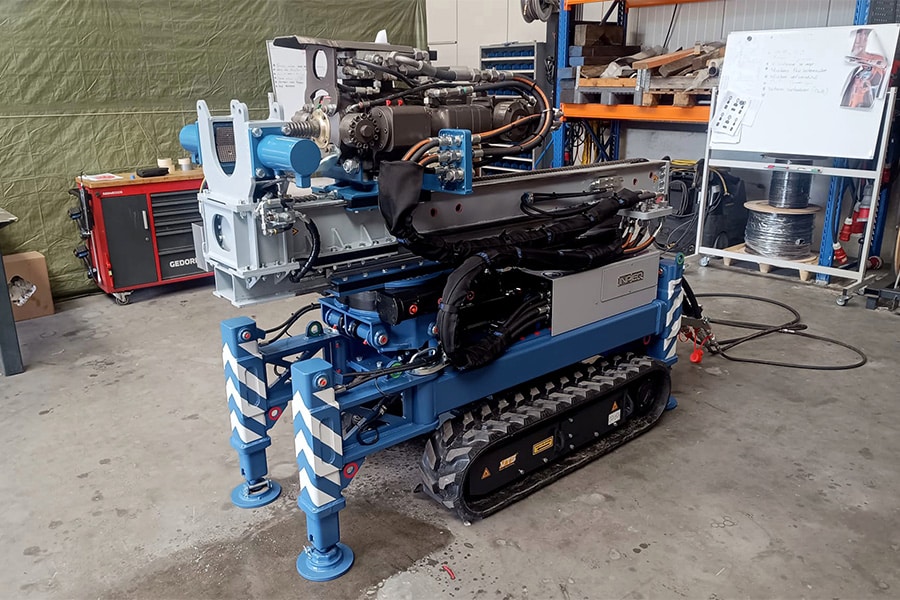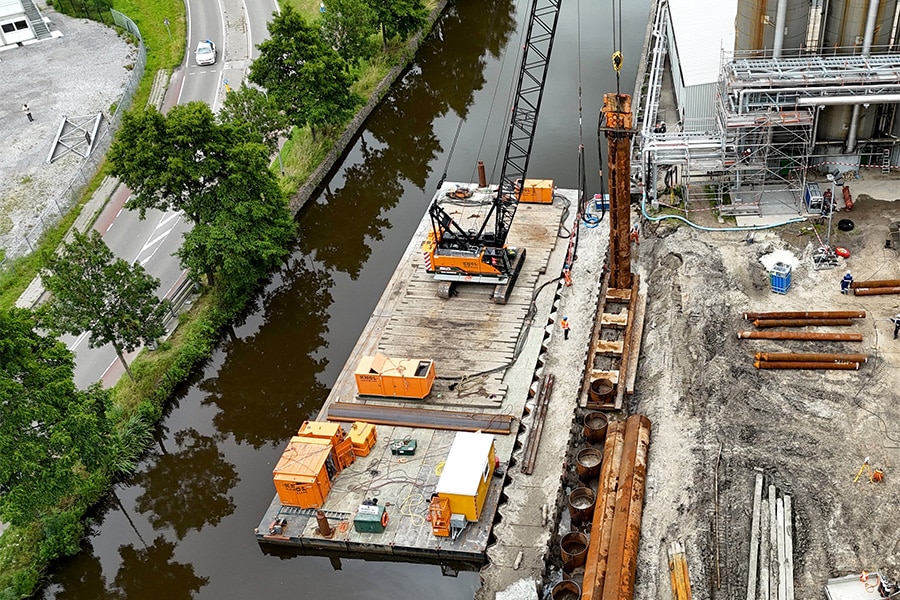
Various metal research methods for SMEs
While working with metal, the stakes are often high. A bad weld can result in huge repair costs. And if problems are discovered too late, delivery is often compromised as well. To prevent this kind of trouble, NDT-Netherlands carries out various forms of non-destructive testing (NDT) for SMEs.
Anytime anyone works with metal, NDO-Netherlands can be helpful and make a difference. Regardless of whether the customer wants to know more about the exact composition of their stainless steel, the hardness of carbon steel or detect any imperfections, defects or damages in a welded joint. "We help everyone quickly and conduct our investigations on site," explains owner Wolter van der Zee. "That way the project is minimally delayed and expensive repairs are avoided. At the same time, we know the importance of deadlines. That's why we are always on site quickly. For some NDTs we give the results immediately, in other cases after an analysis. Moreover, the customer always receives an advisory report to avoid running into the same problems next time."

Ultrasonic examination
A structure is only as strong as its weakest joint. Ultrasonic testing provides quick assurance on various joints, from weld to casting to glue joint. Thus NDT makes any defects immediately visible, so the customer can be sure that the joint is good or needs repair. A consultation report is also provided free of charge.
Penetrant research
Penetrant testing is highly accurate and broadly applicable. At the same time, it offers several advantages. One is that materials can easily be fully screened via immersion. In addition, any metal surface can be examined, as long as it is smooth. Thus, surface defects come to light anyway, even if the metal is non-magnetizable. "By working with a liquid that lights up under UV light, we can detect defects as small as 0.1 millimeters in size," Wolter explains.
Process
Penetrant examination is mainly used for alloys of non-ferrous metals, but also for magnetizable materials, where magnetic examination is too complex. "During penetrant examination, a low-viscosity liquid is applied to the material to be examined," Wolter outlines the process. "The material can also be completely submerged. The liquid runs into defects that have a direct connection to the surface. Excess liquid is removed. After the process time, we use a so-called developer. This pulls the liquid out of any defects and makes them clearly visible."



